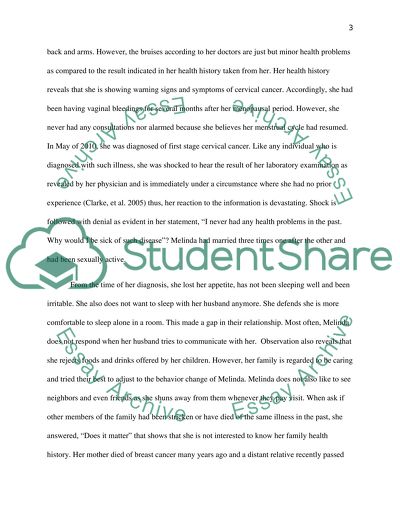Cite this document
(“Counseling Essay Example | Topics and Well Written Essays - 2250 words”, n.d.)
Retrieved de https://studentshare.org/nursing/1390130-counseling
Retrieved de https://studentshare.org/nursing/1390130-counseling
(Counseling Essay Example | Topics and Well Written Essays - 2250 Words)
https://studentshare.org/nursing/1390130-counseling.
https://studentshare.org/nursing/1390130-counseling.
“Counseling Essay Example | Topics and Well Written Essays - 2250 Words”, n.d. https://studentshare.org/nursing/1390130-counseling.


